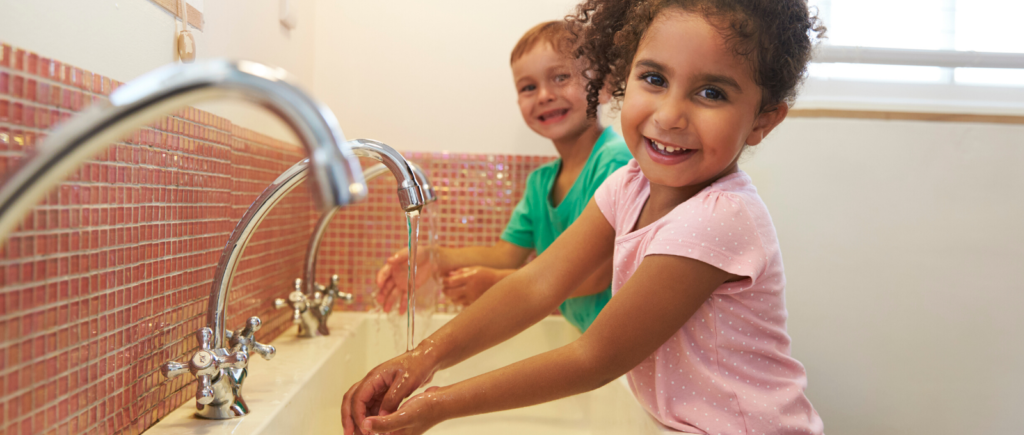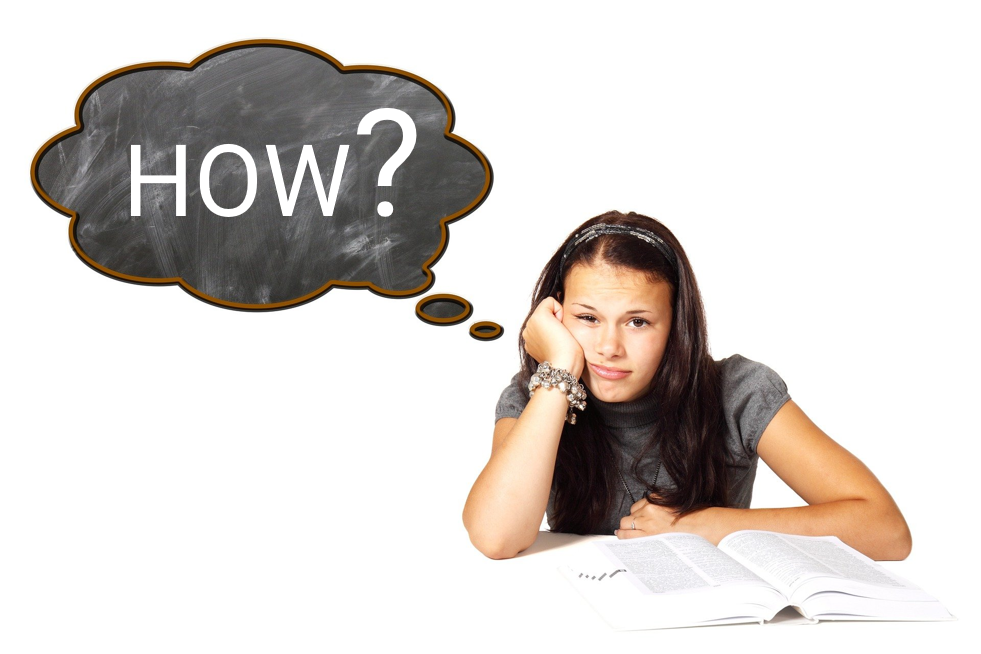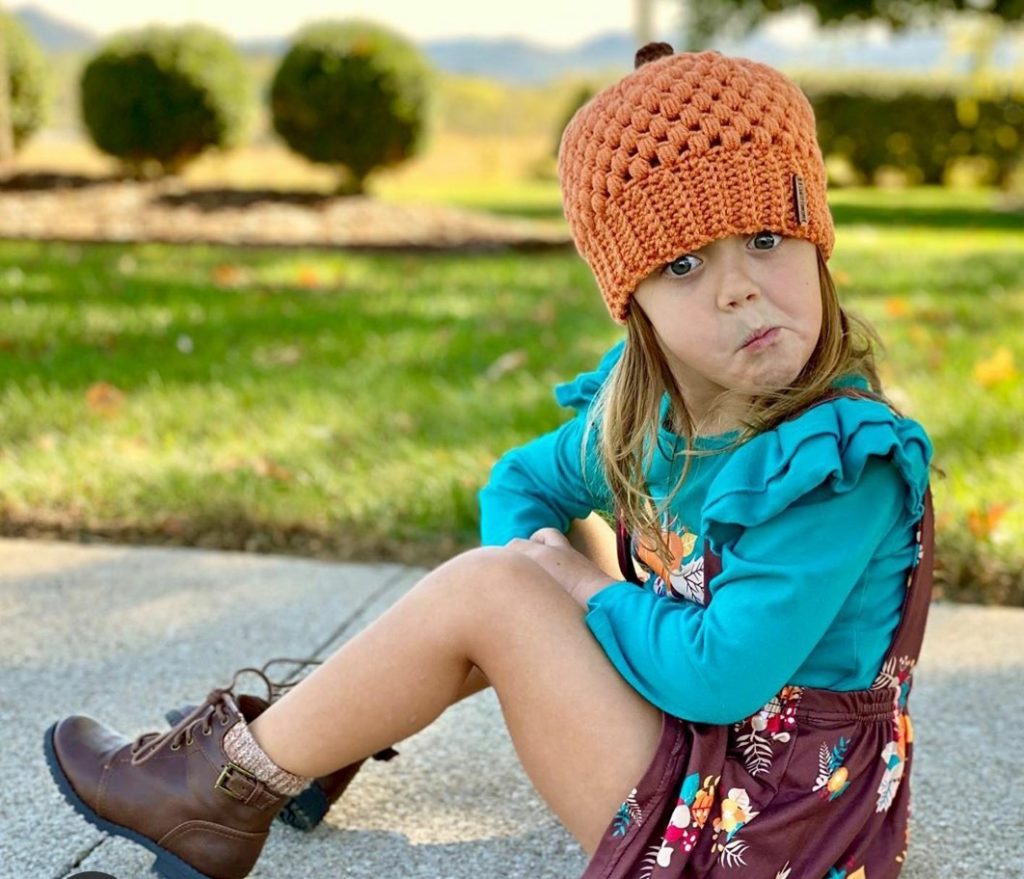Helping Children Make Transitions between Activities
What do you think of when I say Transitions? I am sure many of you have many different ideas of the meaning of Transition.
For this course, Transitions are what guide children through the day, provide special attention to individuals, and help children move from one area to another area of the room smoothly.

There are 3 Main Types of Transitions:
- Transitions between activities within a given setting (e.g., snack to playground; outdoor recess to large group).
- Transitions between multiple settings on the same day (e.g., preschool to after-school child-care program; Head Start program to child care).
- Transitions between programs (e.g., birth-three programs to preschool, preschool to elementary school).
We will focus on transition between activities. Why you ask?
Because Transitions take a great deal of time, Here are some points to consider:

• During transition time, children often spend much time waiting (e.g., wait until
everyone has finished snack, wait for buses)
• Some children (and adults) have stressful and frustrating experiences during
transitions between activities (e.g., children arguing over who took out what
toys and should put them away; children not knowing where to put certain
toys when they are done with them)
• Skills such as cleaning up toys and lining up may reduce transition times and
may lead to more time for children to become engaged in learning activities
• As children become independent and are taught what they “should be doing,”
we are less likely to see problem behaviors.
• Many preschool teachers and other caregivers consider children’s ability to
independently make transitions between activities one of the essential skills
needed in group contexts such as kindergarten and preschool.
Photo-by-Timothy-Dykes

Another good question! How can you incorporate Transitions into your classroom? There are numerous strategies that support smooth transitions between activities. Let start with learning these strategies.
You should really start before the transition here are some examples of strategies you can use BEFORE the transition:
- Plan your daily schedule to include the minimal number of transition times possible.
- Consider what the children and adults will do during these times (e.g., which adult is responsible for greeting the children and who will begin looking at books on the carpet with children?).
- Provide verbal and nonverbal cues before transitions (e.g., “5 minutes ’til snack,” “It’s almost time for cleanup,” show pictures of the next activity, ringing a bell). Teach children expectations such as which shelves hold which blocks.
- Minimize the number of transitions during which all children have to do the same thing at the same time (e.g., Do all children have to go to the restroom at the same time? Can some children come over to the rug and get ready for large group while others are finishing an activity?)
Now what about during the transition? Have you ever really thought about Transitions having 3 parts? Well they do! Here are some strategies to use during the transition

Sing songs, play word or guessing games, recite rhymes, or do finger plays with children so that the time passes more quickly when they have to wait for long periods of time for new activities to begin
• Plan a gradual increase or decrease in the level of activity (e.g., outdoor play followed by snack) and a good balance of active and quiet play (e.g., center time followed by story time)
• Allow children adequate time to finish projects or activities so they do not become frustrated by activities ending too soon
• Plan something for those children who finish an activity quickly so they are not waiting without something to do (e.g., if some children finish cleaning up and getting to large group quickly, might they look at books while waiting for other children to finish cleaning up?)
Can you guess the Third part? YES! After the Transition
Here are some Strategies That Support After the Transition:
- Provide positive attention or feedback to children during AND following smooth transitions (e.g., when children pick up toys without much prompting, tell them this shows how well they take care of their “things” and how much you appreciate their working independently).
- Give very specific positive feedback after transitions (e.g., “Nicholas and Jorge did a great job cleaning up the block area and moving to the carpet.”)
